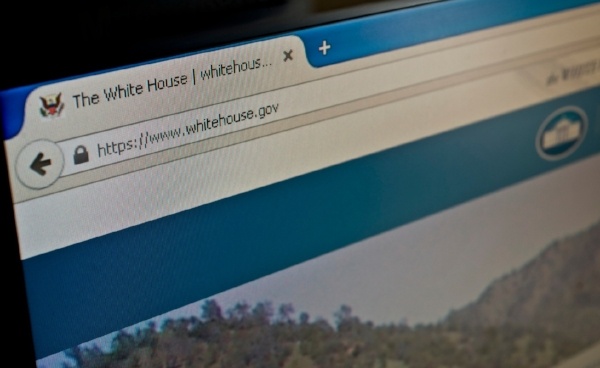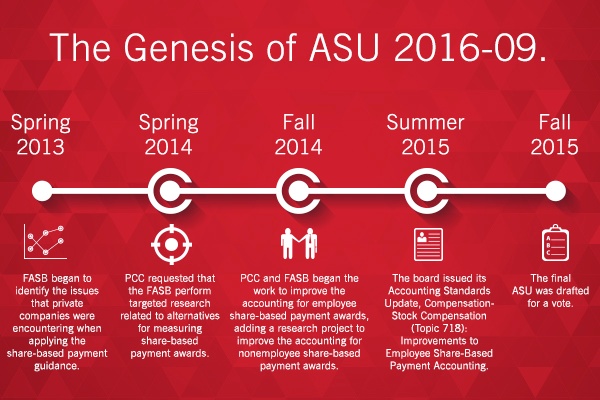Preparing for CECL Compliance: Validate Your Models and Software
The previous post about preparing for CECL compliance looked at how to assess data, human, credit management, and technology resource capabilities and needs. It’s a critical step that documents how your institution collects, stores, measures, and manages loan portfolio data, and includes a review of future requirements, warehousing and automation capabilities, and probable risks in your loan portfolio.
Continue reading >












